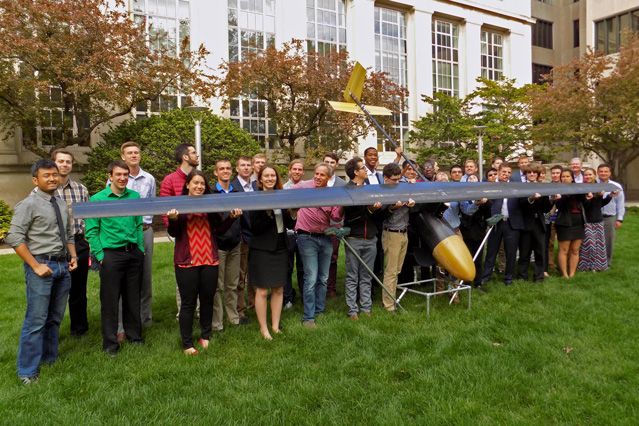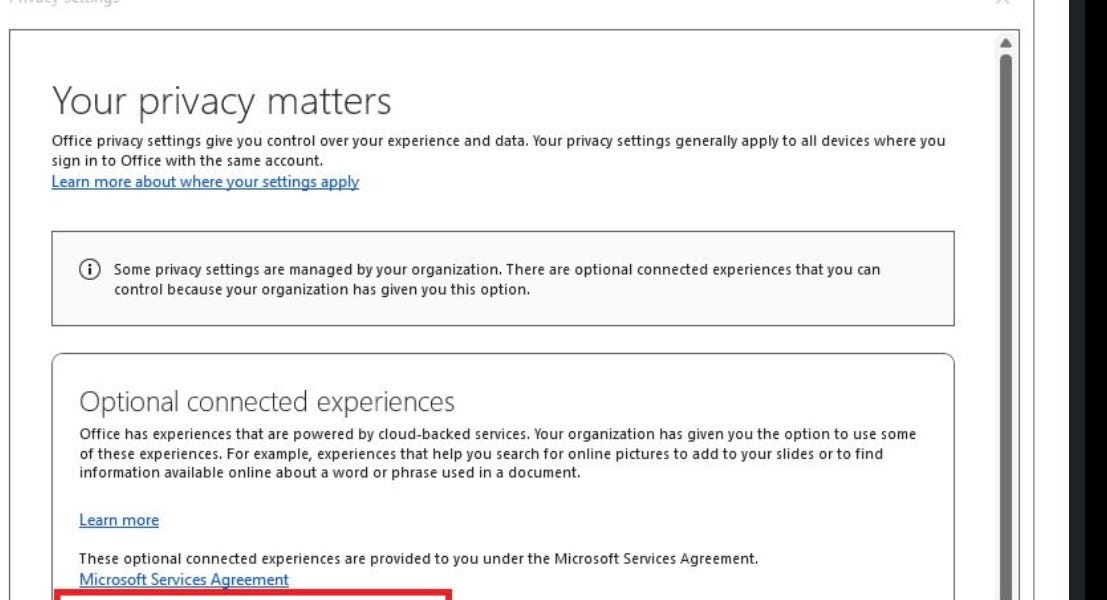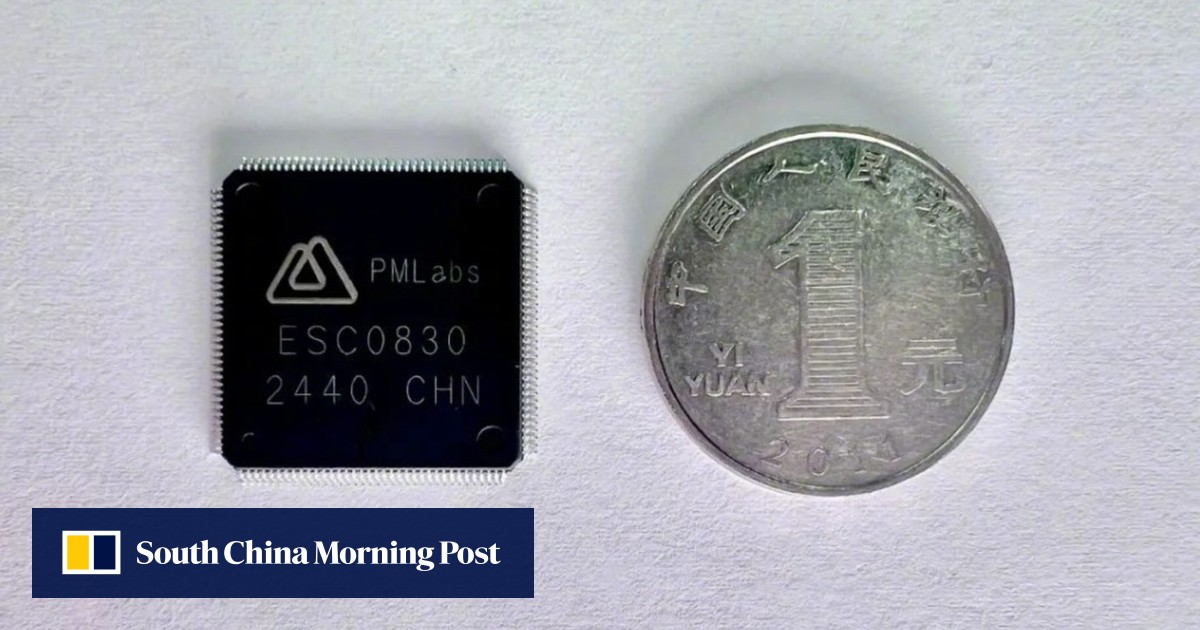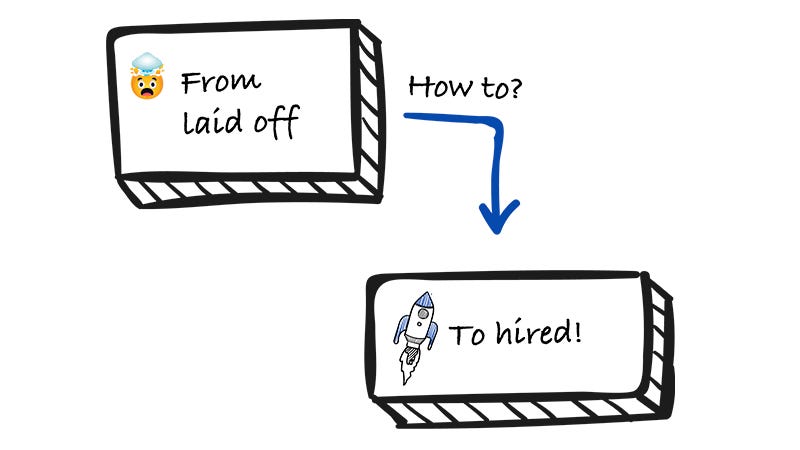
Engineers design drones that can stay aloft for five days
Images for download on the MIT News office website are made available to non-commercial entities, press and the general public under a Creative Commons Attribution Non-Commercial No Derivatives license. You may not alter the images provided, other than to crop them to size. A credit line must be used when reproducing images; if one is not provided below, credit the images to "MIT."
Previous image Next image
In the event of a natural disaster that disrupts phone and Internet systems over a wide area, autonomous aircraft could potentially hover over affected regions, carrying communications payloads that provide temporary telecommunications coverage to those in need.
However, such unpiloted aerial vehicles, or UAVs, are often expensive to operate, and can only remain in the air for a day or two, as is the case with most autonomous surveillance aircraft operated by the U.S. Air Force. Providing adequate and persistent coverage would require a relay of multiple aircraft, landing and refueling around the clock, with operational costs of thousands of dollars per hour, per vehicle.







:focal(0x0:3000x2000)/static.texastribune.org/media/files/ab295039087efb8f48e708c4cde2a51d/Afton%20Crypto%20Farm%20TrT%20TT%2005.jpg)







